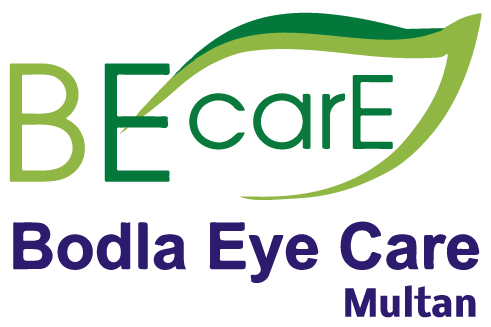
Watery Eye
In order for the eye to remain healthy, it must remain moist.
The lacrimal gland is a specialized gland that makes tears, and it is located under the outer one-third of the upper eyelid. Each time you blink, the eyelid spreads the tears over the surface of the eye and pumps excess tears into a “duct” that drains the tears into your nose. That is why your nose runs when you cry.
THE CAUSES OF WATERY EYES
If the lacrimal gland is producing tears properly and the “duct” that drains the tears from the eye into the nose becomes non-functioning, the tears will back up and spill over the eyelid and cause tears to run down the face. If one has a plugged up “tear duct,” not only will tears spill over the eyelids and run down the face, but the stagnant tears within the system can become infected.
An infection within the “tear duct” causes a painful swelling in the inner corner of the eyelids. If the tearing causes severe symptoms, surgery can be performed to create a new tear duct. This operation is called “dacryocystorhinostomy.” A small piece of silicone tubes is left in the tear duct temporarily to keep the new tear duct open while healing occurs. Surgical elimination of the obstruction by creating a new tear duct is necessary to eliminate the tearing and infection that can result from such a blockage. Prior to operation additional tests may be required, such as a dacryocystogram.
Other reasons that you may have a watering eye are: getting something in the eye that will irritiate the eye and cause excessive watering, abnormal lashes rubbing in the eye, an eyelid that is in an abnormal position (entropion, ectropion, or facial palsy). If an eye is irritated for other reasons, it may also water: peeling onions is a good example.
TODDLERS
Children are frequently born with an obstruction within the “tear duct.” When this occurs, tearing and discharge results. The stagnant tears within the “tear duct” often become infected causing pus (stickyness) to collect between the eyelids. Such obstructions may dissolve on their own within the first few year of life. If not, the ophthalmic reconstructive surgeon can eliminate this problem with surgical techniques.
SURGERY FOR WATERY EYES
Excess tears may spill over onto the cheek, they may cause blurring of vision (especially when reading), they may cause dirty spectacle lenses. An infected tear sac is another reason why unblocking the tear duct may be desirable. Because the exact cause of tearing may be rather complex, general advice cannot be given regarding the preferred treatment for watery eyes, and personalised advice is recommended. Operations that may be done include tightening the eyelid, turning in the nose side of the lower eyelid, a full blown tear duct operation, where a hole is made in between the tear sac and the nose. Occasionally, the “tear duct” obstruction will be beyond repair. When this happens, it is necessary to surgically implant an artificial “tear duct” behind the inner corner of the eyelids to drain the tears into the nose. The artificial “tear duct” is made of Pyrex glass and is called a “Jones tube.”
Patients with problems of the tear drainage system are most commonly treated by ophthalmic plastic and reconstructive surgeons who specialize in diseases and conditions affecting the eyelids, the lacrimal system, the orbit, and adjacent facial structures.

